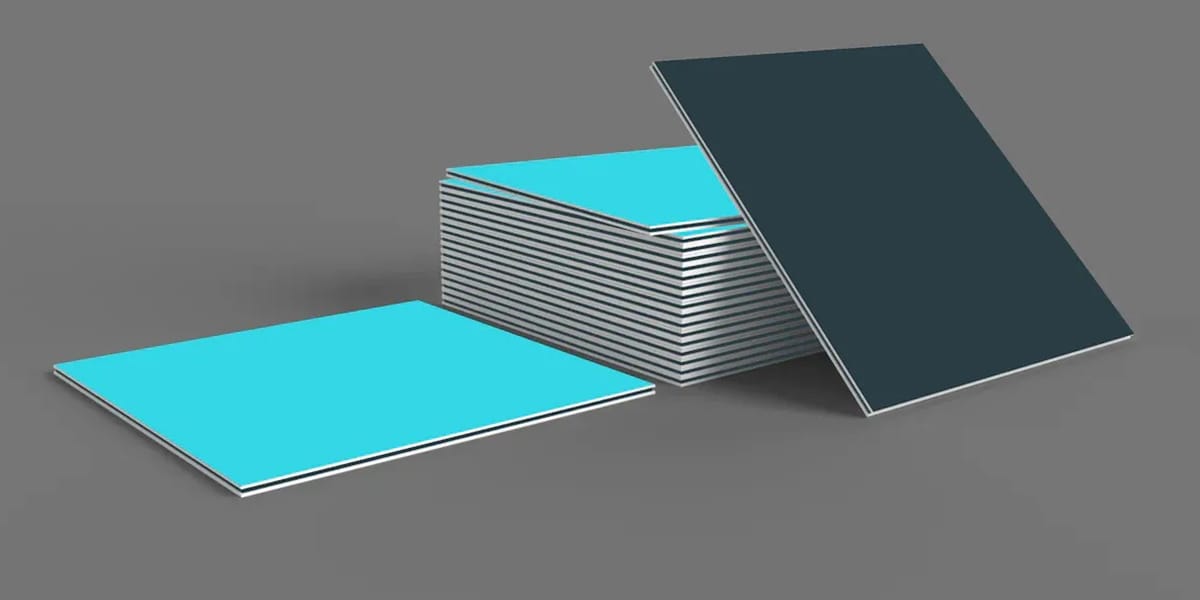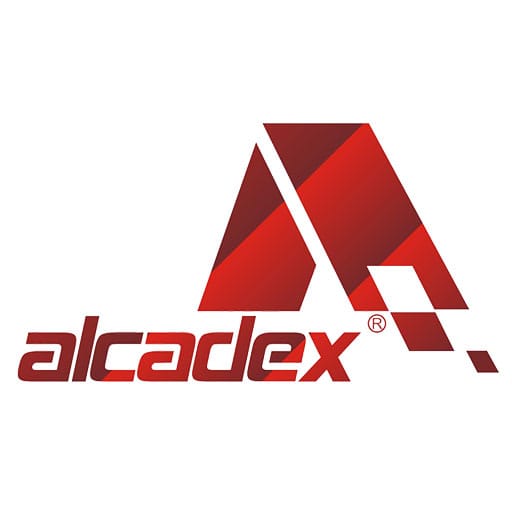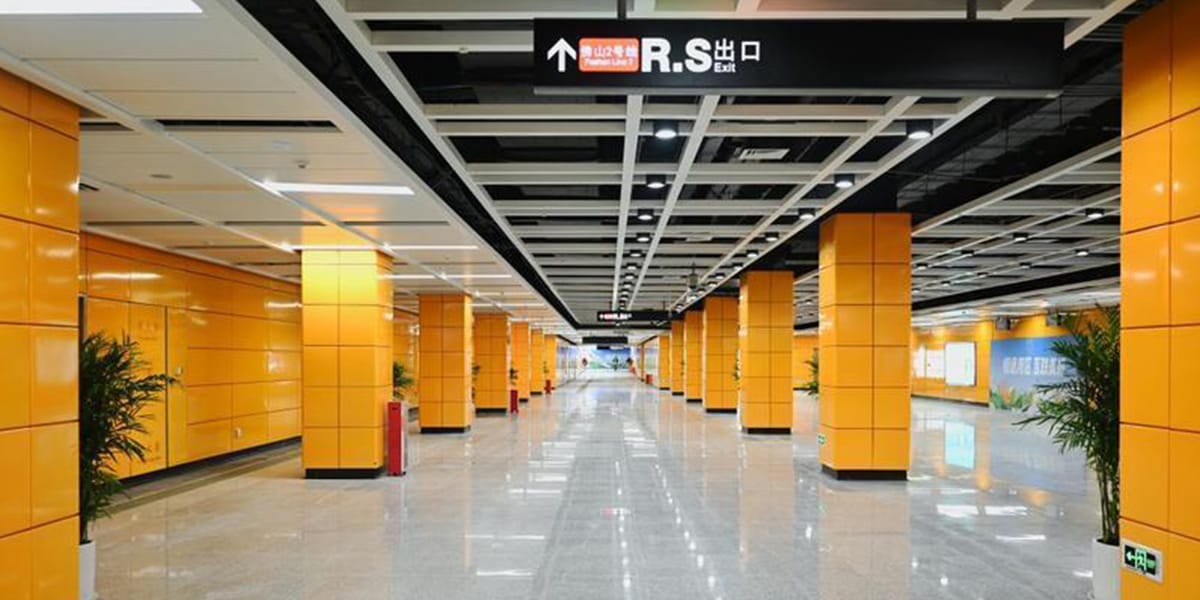
24 Aug Can ACP Panels Be Recycled in 2025
Table of Contents
Yes, ACP panels can be recycled in 2025. Both the aluminum and plastic inside can be taken apart and used again. New machines, like the ACP Sheet Stripping Machine, use heat and special rollers to pull the layers apart. They do not need chemicals or water. This keeps pollution low and helps the environment. Recycling ACP panels also helps green building and cuts down on landfill waste.
Key Takeaways
ACP panels can be recycled in 2025 with new machines. These machines split aluminum and plastic without using chemicals. This helps lower pollution. Mechanical separation and heat treatment get back almost all materials. This makes recycling work well and helps the planet. Recycling ACP panels saves energy and keeps trash out of landfills. It also lets us use materials over and over. New ideas like bio-based cores, digital tracking, and take-back programs help recycling. These make it easier and better for the earth. Recycling ACP panels costs less and gives people jobs. It also helps builders follow green rules and keeps nature safe.
Recycling Methods for ACP Panels
There are different ways to recycle ACP panels. These methods help get back useful materials inside. You can get clean aluminum and plastic to use again. Here are the main recycling steps.
Mechanical Separation
Mechanical separation is a popular way to recycle ACP panels. Machines and tools pull apart the aluminum and plastic layers. First, the panels are heated. The heat makes the glue soft. Then, machines crush or chop the panels into small bits. Special rollers help peel the layers apart. No water or chemicals are needed. This dry method does not make dirty water or bad gases. After this, you get clean aluminum and plastic.
Tip: Mechanical separation can recover almost all the materials. Up to 99% of aluminum and plastic can be reused.
The table below shows how well this works:
Efficiency Metric | Reported Value |
|---|---|
Aluminum separating rate | Up to 99% |
Processing capacity | |
Output per 8 hours | About 4 tons |
Heat Treatment
Heat treatment uses high heat to recycle ACP panels. The heat makes the glue between layers soft. You can use gas flames or electric heat. Once the glue is soft, it is easy to peel the layers apart. Machines or people can do this.
Heat treatment does not need chemicals. This is better for the environment.
You can use heat treatment with mechanical separation for better results.
The separated materials stay clean and pure. They are good for making new things.
Grinding and Separation Machines
Grinding and separation machines help recycle ACP panels better. These machines break the panels into tiny pieces, even powder. Here is how it works:
A shredder cuts the panels into small pieces.
A hammer crusher makes the pieces even smaller.
A pulverizer grinds them into powder.
Vibrating screens sort the powder by size.
Air and electric separators split aluminum from plastic.
Note: Grinding makes heat, so machines use water cooling to stay cool.
This method is fully automatic. It does not use harmful chemicals. You can get back up to 99% of the aluminum. The plastic stays clean and ready to use again. The process is quiet, uses little power, and does not pollute.
All Components Are Recyclable
When you recycle ACP panels, nothing is wasted. You can get back:
Aluminum sheets
Plastic cores
Screws or fasteners
These can be used to make new panels or other things. This saves resources and keeps trash out of landfills.
Advancements: PanelCycle and Closed-Loop Recycling
New machines and programs make recycling ACP panels even better. PanelCycle uses smart machines to separate materials fast and clean. Closed-loop recycling helps companies collect old panels and recycle them. The recovered materials are used to make new products.
Closed-loop recycling helps create a circular economy. It makes companies design products that are easy to recycle. It also lowers the need for new materials.
These programs help companies follow green building rules. By working together, everyone can make sure almost every part of an ACP panel is used again.
Environmental Impact
 Waste Reduction
Waste Reduction
Recycling building panels helps cut down on waste. The panels stay strong and useful after being recycled. The recycling process has steps like cutting, grinding, cooling, sieving, and electrostatic separation. Both aluminum and the core can be recovered. This means you do not have to throw away old panels. Less construction waste goes to landfills, so more space is saved. Recycling uses less energy than making new panels. Special machines like the YX-800 make recycling quicker and better. You can use these valuable materials many times.
Recycling keeps strong cladding out of landfills.
You use less energy by recycling instead of making new panels.
You help the planet by using fewer raw materials.
♻️ Recycling helps the earth and makes sure nothing is wasted.
Pollution Control
Recycling panels helps protect nature. Burning or dumping panels makes dirty gases that hurt the air. It also causes aluminum to break down. New recycling methods do not use harsh acids or alkalis. This stops chemical pollution and keeps machines safe. By recycling, you keep bad gases and chemicals out of the environment. This helps keep air and water clean for everyone.
Circular Economy
Recycling building materials helps the circular economy. Some companies make panels that are easy to take apart and recycle. This design means less waste during building and easier recycling later. All parts—aluminum, plastic cores, and metals—can be recovered, so nothing is wasted.
Used panels are collected and recorded for recycling.
Machines shred and separate the different materials.
Each part is sent to the right place: aluminum goes to smelters, plastics go to factories, and metals go to recyclers.
This closed-loop system means less need for new materials and lower carbon emissions.
Recycling programs also give people jobs and help the local economy.
Closed-loop recycling systems, like those at Novelis and Volkswagen Group, show how aluminum can be used again and again. These systems shred, sort, and turn recycled aluminum into new things, so materials stay in use and landfills stay empty.
Economic Benefits
Cost Savings
Recycling old panels can help you save money. You do not have to pay as much to throw them away. This means you spend less on landfill fees. Recycling aluminum uses much less energy than making new aluminum. This helps lower your electricity bills and is better for the earth. You also use fewer natural resources, so you do not buy as many raw materials. Many companies now pick recycled aluminum and plastic because it is cheaper than new stuff. The recycling business is getting bigger, so you might see more jobs and new companies in your town.
Using recycled aluminum saves a lot of energy.
You do not need to buy as many new materials.
Companies save money by picking recycled materials.
More recycling businesses mean more jobs and a stronger economy.
💡 Recycling helps you keep more money and gives people jobs nearby.
Market for Recycled Materials
In 2025, more companies will use recycled materials. Builders use recycled aluminum and plastic to make strong buildings that are good for the planet. These panels last a long time and help save energy. Car makers use recycled panels to make cars lighter. Advertising companies use them for signs and billboards because they are easy to print on and last outside. Factories use recycled panels for machine covers and clean walls. Public projects use them for noise barriers and building fronts. Companies want to use recycled materials to meet green rules and show they care about nature.
Industry | Use of Recycled Materials in 2025 |
|---|---|
Building & Construction | Used in homes, offices, and public buildings for walls and facades. |
Automotive | Used for lightweight panels in vehicles. |
Advertising & Signage | Used for billboards, displays, and signs. |
Industrial & Interior Design | Used for machine covers and decorative wall panels. |
Public Installations | Used for noise barriers and restoring building exteriors. |
♻️ Many companies now pick recycled materials to help the earth.
Challenges and Solutions
 Recycling Obstacles
Recycling Obstacles
Recycling these panels can be hard for many reasons. The way panels are made causes most problems. The materials inside also make recycling tough.
Many panels have polyethylene cores. These cores cannot be recycled. They can also hurt the environment.
Aluminum parts can be recycled. But non-recyclable cores mean you cannot recover much.
The aluminum and plastic layers stick together tightly. This makes it hard to pull them apart.
Mixed materials cannot become pure aluminum or plastic. So, you do not get high recovery rates.
Burning panels makes pollution. It also wastes important resources.
Some recycling uses strong acids or alkalis. These can pollute and break machines.
Advanced recycling needs costly machines and tricky steps. Not every place has these options.
Eco-friendly ways like crushing and grinding exist. But you may not find them in every city.
⚠️ Picking panels with green cores and disposing of them right helps cut waste and keeps nature safe.
Innovations
New ideas and tools help fix recycling problems. Companies now change how they make, collect, and recycle panels.
Some makers use bio-based cores with recycled stuff. These cores are safer for nature and still work well.
New fasteners let you take panels apart easily. This makes recycling quicker.
Clear labels on panels help sorting at recycling centers.
Modern machines split aluminum from core materials. This gives cleaner and better recycled materials.
Factories use energy-saving steps and digital tools. These help lower waste and track materials.
Take-back programs let you send old panels back. The maker recycles them for you.
Digital passports show what is inside each panel. This makes recycling at the end easier.
🌱 These new ideas help keep materials in use and waste low.
ACP Panels and Sustainability
Green Building
Choosing ACP panels helps make buildings better for the earth. These panels use recycled materials. They also save energy when they are made. ACP panels help keep heat inside a building. This means you do not need as much heating or cooling. Builders like ACP panels because they want green building awards like LEED or BREEAM.
ACP panels have recycled parts and can be recycled again.
Making these panels uses less energy and lowers pollution.
The panels do not let out bad VOCs, so air inside is cleaner.
Good insulation from these panels means you pay less for energy.
Some companies let you send old panels back for recycling.
ACP panels with an Environmental Product Declaration (EPD) show that up to 95% of the aluminum and 90% of the core can be recycled. This helps you get points for green building awards and supports using materials again and again.
Reuse and Repurposing
You do not have to throw away old ACP panels. You can use them again in many ways. Builders use old panels for new walls, signs, or furniture. This keeps trash out of landfills and saves money.
Use old panels for new building jobs.
Cut panels to make signs or boards.
Use panels for furniture or art.
When you reuse or repurpose panels, you save natural resources. You also need fewer new materials. This helps everyone have a greener future.
♻️ Using ACP panels again keeps materials working and helps the earth.
You can recycle ACP panels in 2025 to help the earth. Recycling uses less energy and keeps things out of landfills. The table below shows how ACP panels and other building materials compare:
Material | Recyclability Summary | Challenges/Notes |
|---|---|---|
You can recycle the aluminum sheets. Some companies use recycled aluminum. | The plastic core is hard to recycle. New programs are making this better. | |
Steel | It is easy to recycle steel. Most new steel comes from old steel. | Making steel uses a lot of energy. |
Wood | Wood grows back and can be reused or composted. | How you recycle wood depends on how it was treated. |
Solid Aluminum | You can recycle solid aluminum many times. | Getting aluminum uses a lot of energy. |
Pick recycling to help the planet and save resources. When you reuse and recycle building materials, you help make a difference.
FAQ
Can you recycle all types of ACP panels?
Most ACP panels can be recycled. Some have cores that are tough to recycle. Each year, new machines and programs help recycle more kinds.
What do you get back after recycling ACP panels?
You get clean aluminum and plastic. These can be used to make new panels, signs, or other things. This helps save resources for everyone.
Is recycling ACP panels expensive?
Recycling ACP panels costs less than dumping them in landfills. You also save money on buying new materials. Many companies now have recycling programs to help.
How do you prepare ACP panels for recycling?
Take off screws, fasteners, and extra parts. Clean the panels if they are dirty. Sorting panels by type makes recycling faster and easier.
Why should you recycle ACP panels instead of throwing them away?
Recycling keeps waste out of landfills. It saves energy and helps the environment. You also help the circular economy by using materials again.



 Waste Reduction
Waste Reduction Recycling Obstacles
Recycling Obstacles